Manic Street Preachers' James Dean Bradfield: “I’m loving Strats now - if I can make them sound a bit more like a Gibson!”
Track-by-track on the gear behind Resistance Is Futile
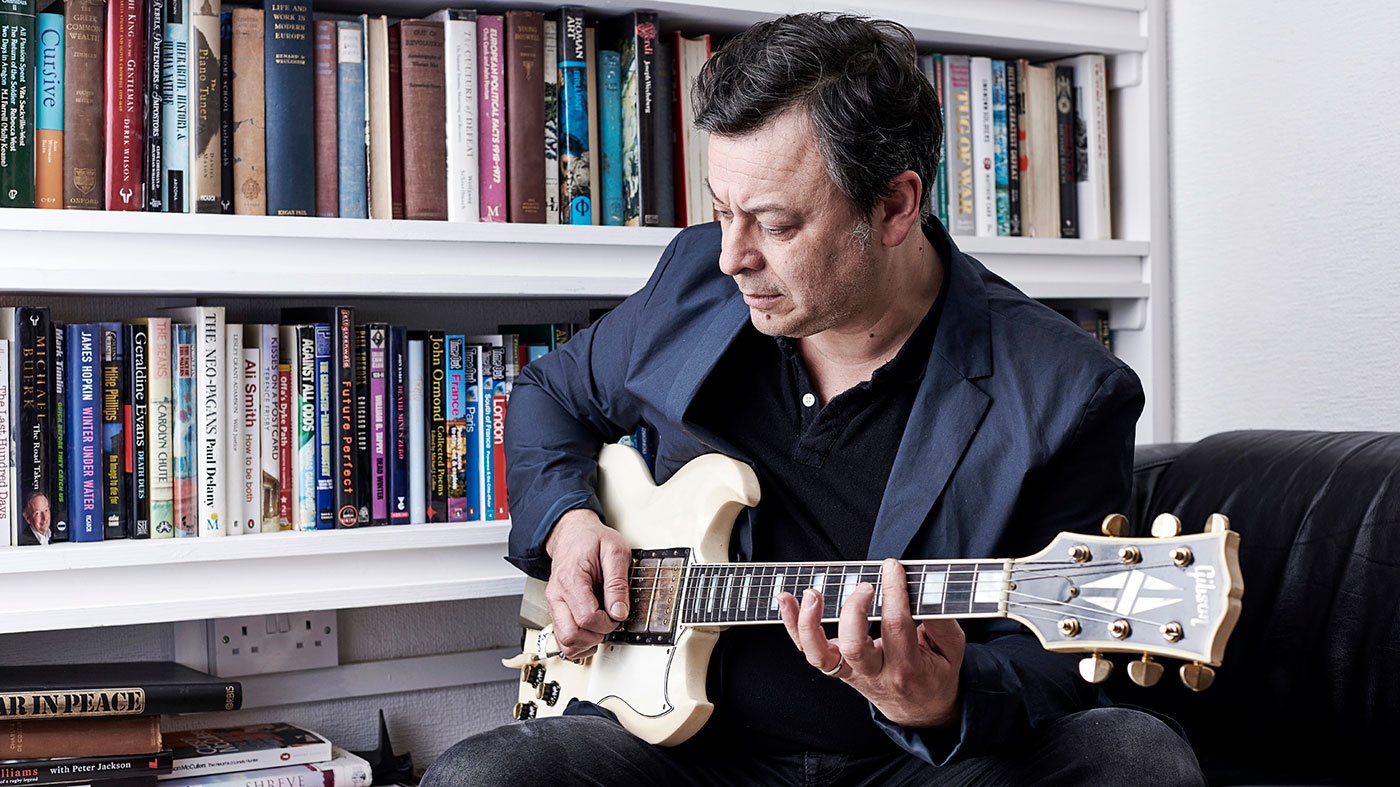
Perched on the hillside overlooking Newport’s darkly serene industrial panorama of old docklands sits the Manic Street Preachers’ new-found HQ.
Having been turfed out of their longstanding central Cardiff base, Faster Studios, by local property developers, James Dean Bradfield, Nicky Wire and Sean Moore decided to up sticks and transplant their ex-Rockfield mixing desk into the distinctly more rural locale of a residential cottage, while undertaking the building’s painstaking conversion into a fully-fledged recording space. A short commute from James’ Cardiff home, in the stillness of the countryside, their new creative hub is a far cry from the metropolitan bustle of Wales’ capital city, although evidently it’s no less industrious.
James Dean Bradfield's palette of sound is an inspired fusion of vintage and contemporary tones
Having begun life within the familiar confines of Faster Studios, Resistance Is Futile - the Manics’ 13th studio LP and first in four years, marking the longest time between albums - was something of a testbed as the team got to grips with their new recording environment.
“We’d worked at the old studio since 2001 and we knew where all the sweet spots were,” recalls James, cradling a 1962 slab ’board sunburst Fender Strat in the band’s new control room. “We got forced out of our old studio in Cardiff; they wouldn’t renew the lease because they wanted to sell it for flats - same old story. When we got this place up and running, we had to find out where all the sweet spots were, but, thankfully, we ended up finding them really quickly.”
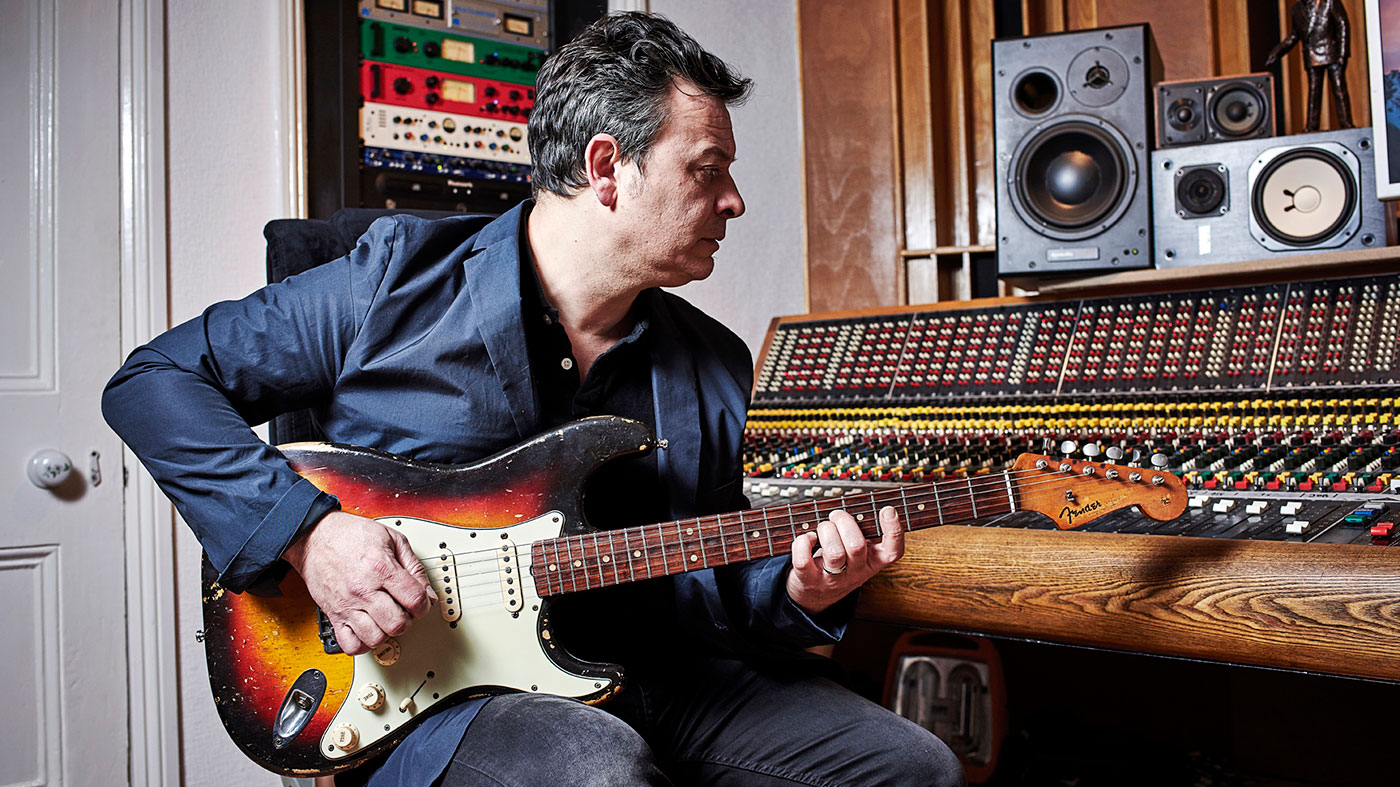
“We’d started the record and got about three songs into it - Distant Colours, Dylan & Caitlin and The Left Behind - but everything got put on ice because we had to find a new place, do it up and start again. Suddenly I was standing there learning how to play all this stuff again! We write songs usually one way; that is, Nick (and in the past Nick and Richey [Edwards]) will give me a lyric to inspire the music.
“It’s always been the same. When I get the lyric and it inspires something, suddenly I’m excited and we’ll do the demo. If the demo’s successful, we’ll take it to the studio and then we’re jumping on it properly. Nothing’s ever done in one day. I love that. I love that on-going battle with the song.”
When it comes to laying down guitar parts, James explains how choosing the right instruments, amps and pedals for the job is an art in itself.
Want all the hottest music and gear news, reviews, deals, features and more, direct to your inbox? Sign up here.
“We’ll often leave the door open in between the control room and the live room to get a sense of which guitar is going to fit in the track, even before it’s miked up,” he says.
Having collected guitars with an open mind throughout the course of his career, his palette of sound is an inspired fusion of vintage and contemporary tones. With each track telling its own story, we sat down with the Manics’ frontman - CD cranked in the stereo - to discover more about how some of these crucial creative decisions were made during the recording of Resistance Is Futile…
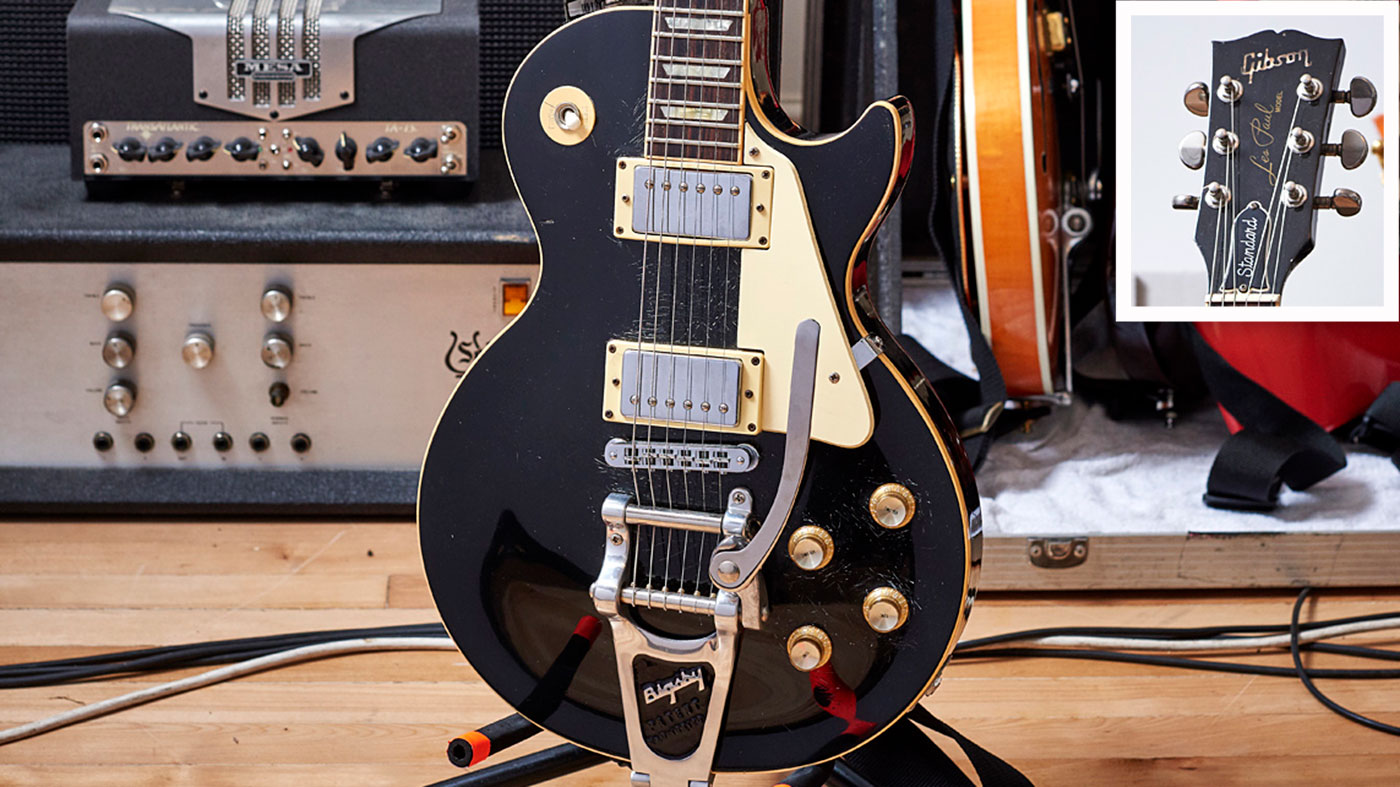
Track 1. People Give In
“This is one of the first songs we recorded in our new studio. It’s written on acoustic and the arpeggios were eventually replaced by xylophones and vibes. I had to go through about eight different guitars to find one that would fit in with the orchestra and in the end, out of frustration, I just picked up my black [1990] Gibson [Les Paul Standard] with the Bigsby.
“It was weird; it was like this hall of mirrors that only wanted one reflection, but it’s nice chasing those things down sometimes. I used that guitar through my [Marshall] JCM900 and the Bogner Ecstasy amp with the Electro-Harmonix Soul Food [Klon-like overdrive/boost pedal]. It was quite chunky and fizzy, but the fizziness of that sound helped it fit into the mix with the orchestra.”
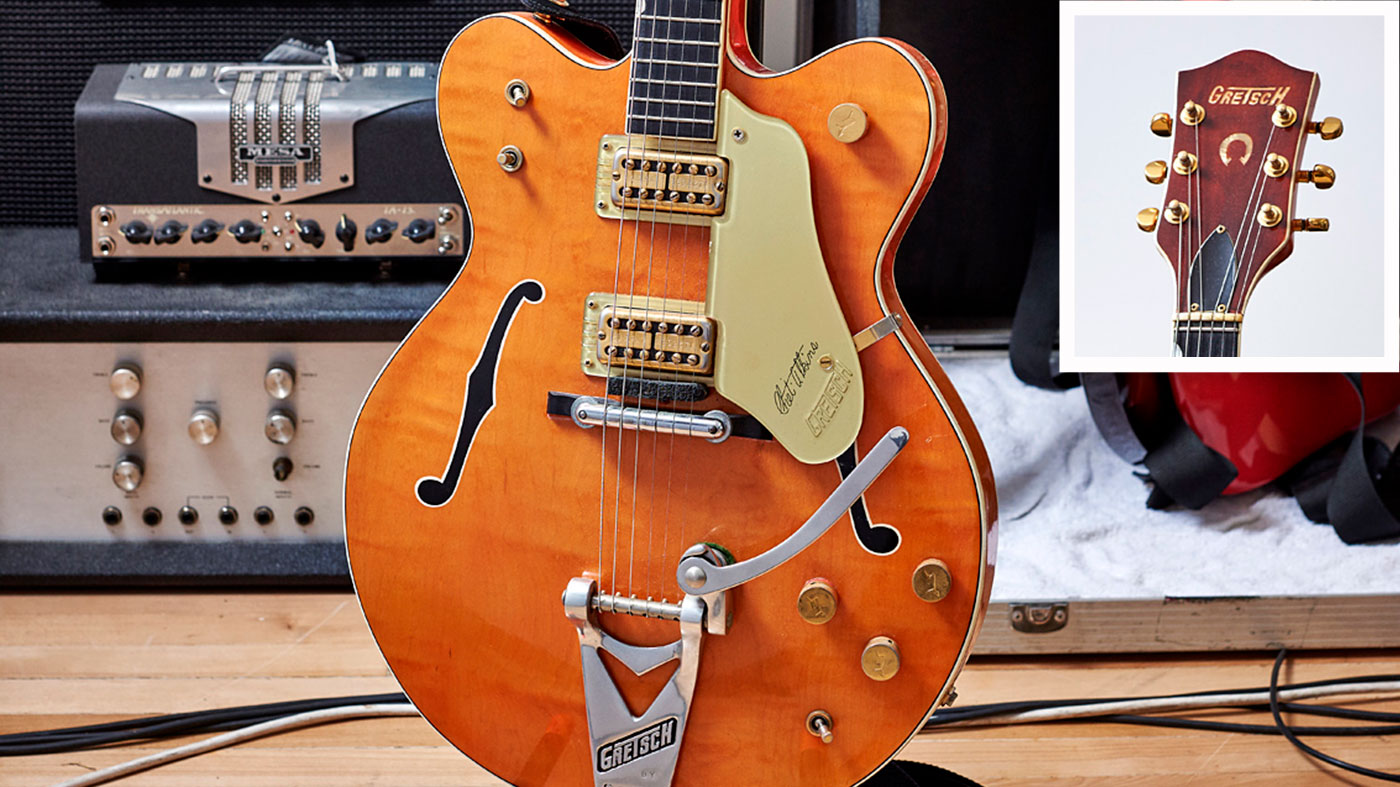
Track 2. International Blue
“This track is the first single from the album. I tried to write it three times and it was shit, so I scrapped the demo and finished it in five minutes flat! It just came to me. It was done with the ’61 Gretsch 6120 Chet Atkins.
“I was originally playing it with a capo, but that meant I couldn’t use the open ringing notes in the chorus and I really wanted to record the guitar in one take to keep the forward motion going, so I used the Electro-Harmonix Pitch Fork to pitch that part up instead and turned it off when I wanted to use the open notes. That’s what I’ll be doing live as well. The solo is the old Sunburst [1962 Fender] Strat. I’m loving Strats now - if I can make them sound a bit more like a Gibson, haha!”
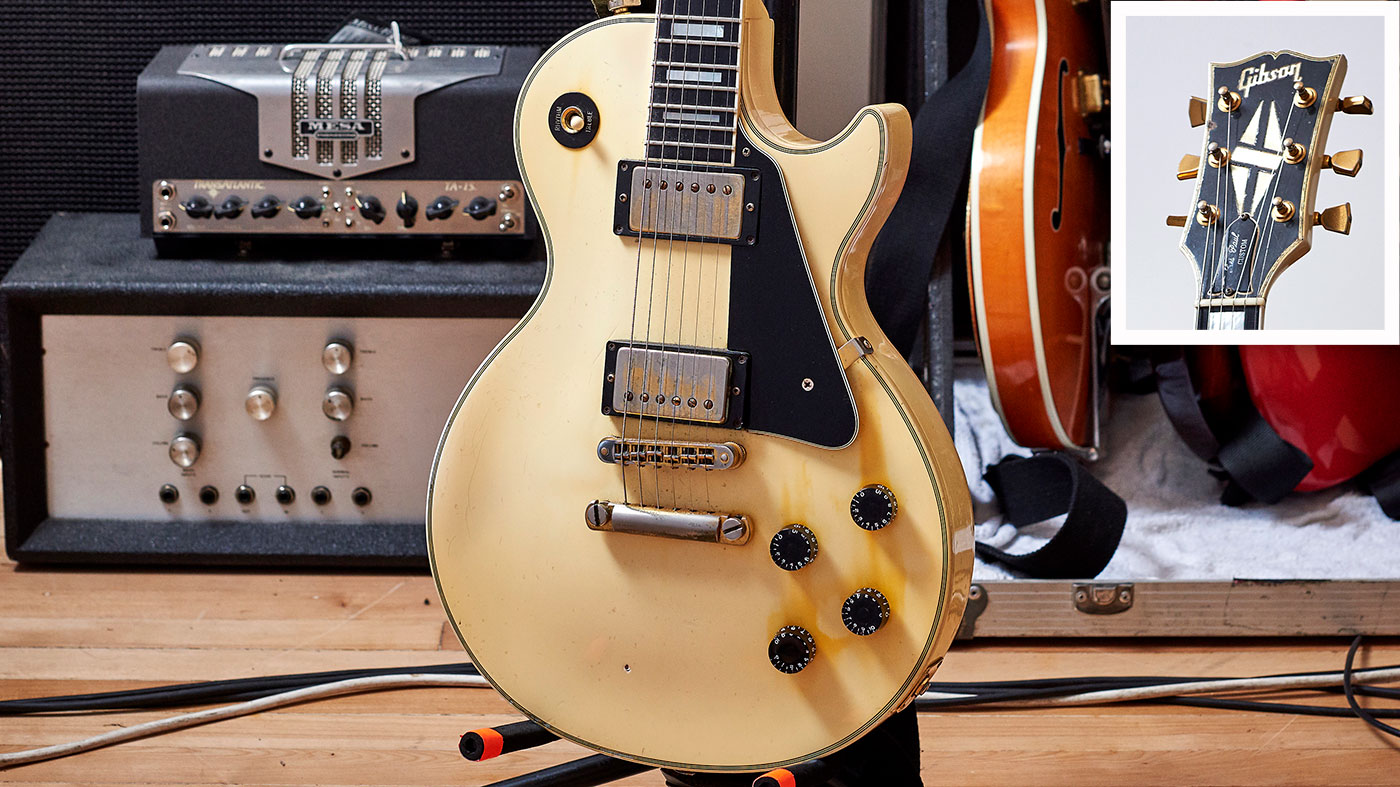
Track 3. Distant Colours
“This song was started two and a half years ago in the old studio in Cardiff. It’s mostly my Burns baritone guitar in the verses. I tune it to standard guitar tuning, although you’re not supposed to.
“The chorus is mostly Faithful, my old white 1990 Gibson and the Crafter SA-TMVS - a crispy electro-acoustic guitar - through an amp. I like maltreating certain guitars; y’know, like tuning a baritone up and recording an acoustic through an amp. It forces you outside of your comfort zone and if you misuse them they sometimes end up giving you a good result.”
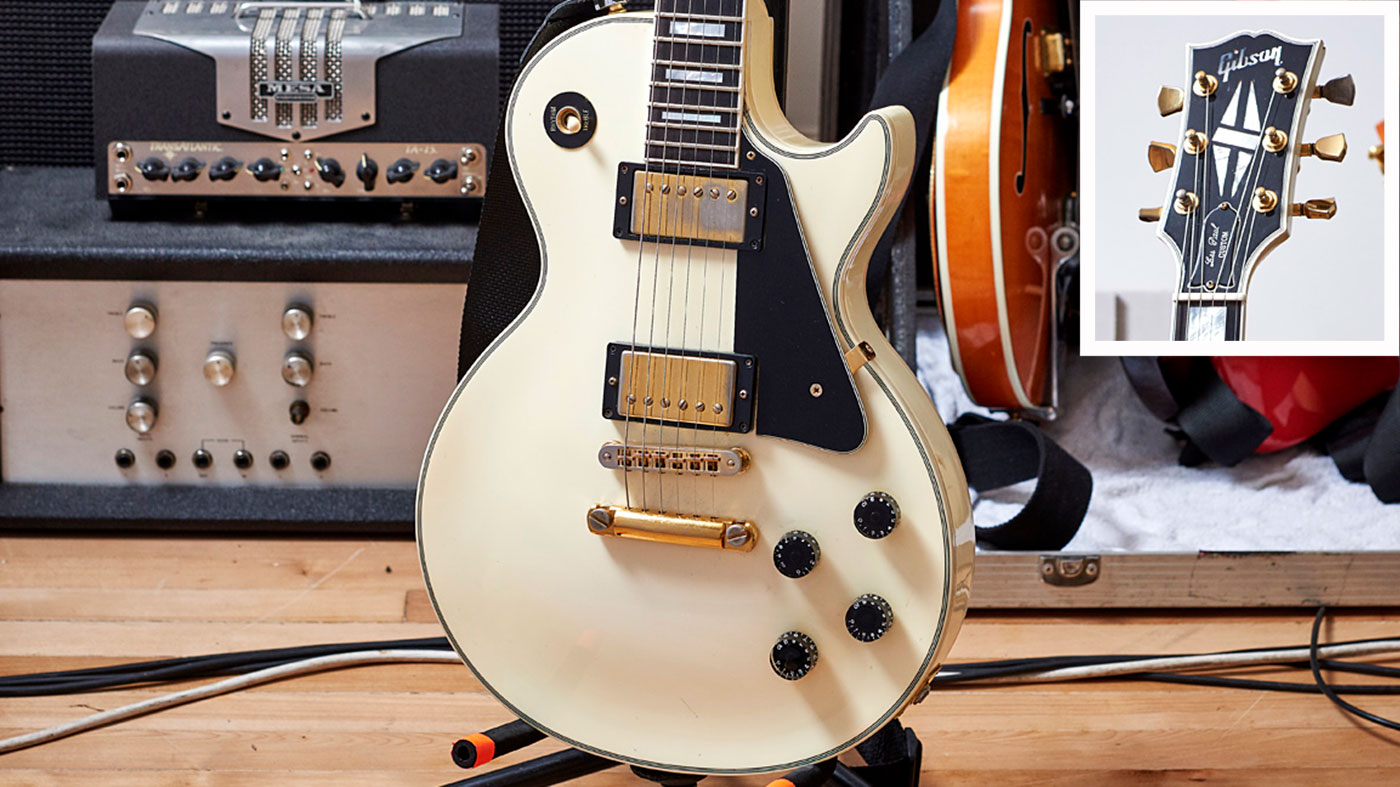
Track 4. Vivian
“This has got a tiny bit of a Fleetwood Mac ethic to it. I’m a big fan of Lindsey Buckingham - he’s an amazing guitarist, absolutely stunning. You can sing his lead licks and his riffs, and they always sound like him. He’s never just doing it for the sake of it. He always got body out of a Les Paul, but also fragility.
“They’re really expressive and they’re still my favourite guitar by a mile, but they’re unforgiving if you don’t play them right. You’ve got to be assertive with them. There’re little touches of Steely Dan in this track using Faithful. Les Paul Customs are lovely when they’re clean as well.”

Track 5. Dylan & Caitlin
“This song is about the relationship between Dylan Thomas and his wife, Caitlin, which was very tempestuous, and whisky soaked. It’s a slightly '70s-inspired, country lickin’ kind of thing and is a duet [with The Anchoress]. It’s quite tasteful for an old, gobby punk like me!
“This was mostly Richey’s [Edwards’ 1977 Fender] Tele Thinline and Faithful with the [DigiTech] Mosaic pedal to replicate a 12-string feel. Some people might say, ‘Why would you use a pedal to replicate a 12-string? If you’ve got a 12-string, use it,’ but I switched the Mosaic on, and it worked! If the sound is good just go with it, y’know?”
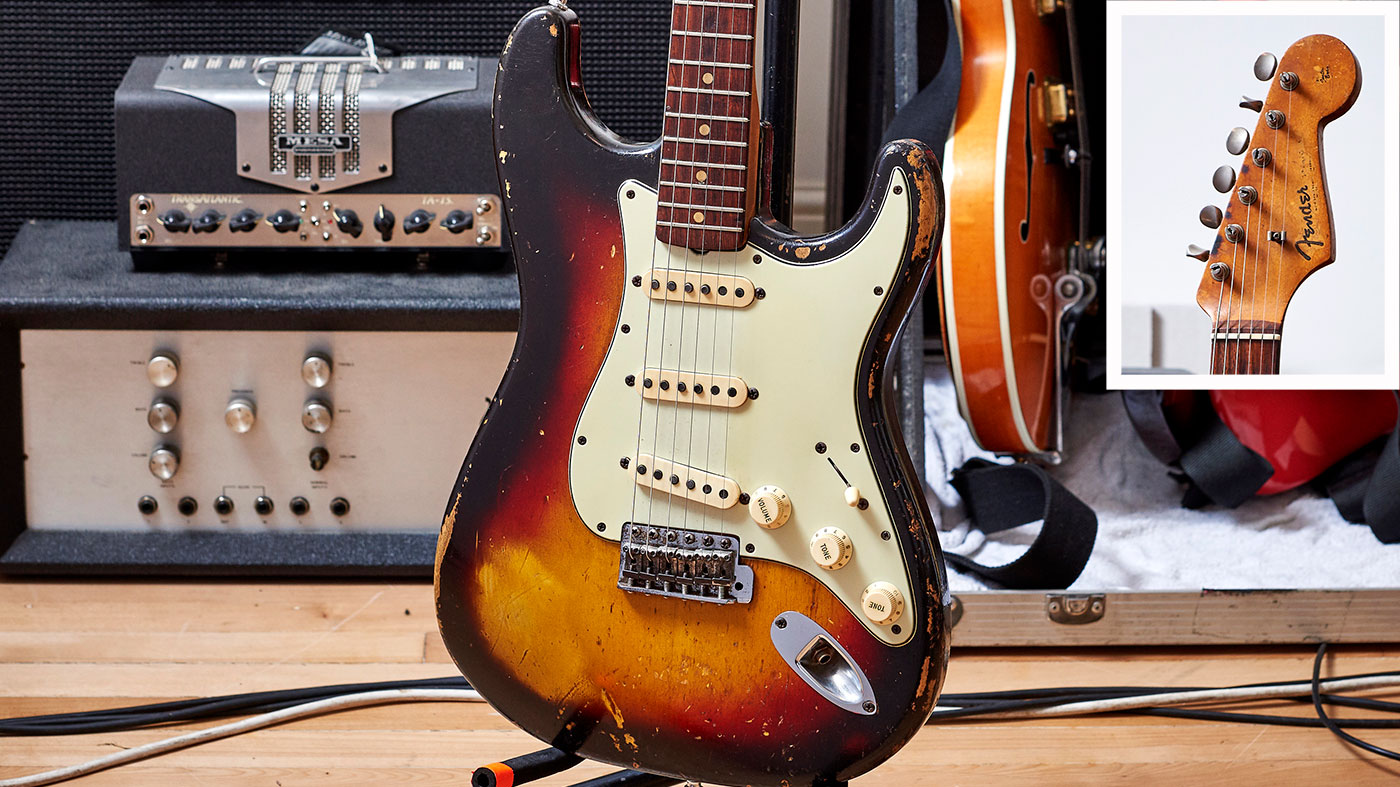
Track 6. Liverpool Revisited
“This song was written in its entirety by Nick and is about a day in Liverpool. The guitar solo is Nick with the Strat - his first solo on one of our records.
“It’s just one of those songs where we wanted it to flow. It’s all about the texture. I love the effect when electrics and acoustics just meld together. I used my old '60s Gibson J-45 and there is, what sounds like, a 12-string in the bridge, but it’s not, it’s my Guild T-Bird and the Mosaic pedal again.
“We put the Strat through the old Selmer Treble ‘n’ Bass amp with a Boss compressor pedal; it calmed the spikiness down and it was just gorgeous.”

Track 7. Sequels Of Forgotten Wars
“This is quite a complicated little song; there’s three different time signatures and three different keys. The main riff was double-tracked using my black Les Paul with the Bigsby and Faithful, and each track is a blend of my Vox AC30 and Marshall JCM900 running at the same time.
“The lead parts were recorded using the Strat. I’ve actually used that guitar a lot on this album. I finally had it set up by a guy called Dan Alport from Cardiff. He’s a great guitar tech. It was kind of last-chance saloon with that guitar because I could never get it playing right, but since I got it back from Dan I’ve used it all the time.”

Track 8. Hold Me Like A Heaven
“This is probably our favourite track, although it was a fight fitting my guitar into the song. My style of playing wouldn’t fit, and I knew, as a guitarist, I couldn’t get in the way of the song, so it’s just little touches until you get to the solo.
“I used my [1977] Starcaster in the verses and my Gretsch for the solo. Originally, I did a solo which was quite George Harrison-esque, but the boys didn’t like it. I remember Nick and Sean saying, ‘Just do something much more abstract like Robert Fripp on Scary Monsters (And Super Creeps).’
“The Mosaic pedal helped a lot again and the [Electro-Harmonix] Canyon pedal. I’m glad they pushed me to be a bit more abstract. It was all about being patient and checking your ego.”
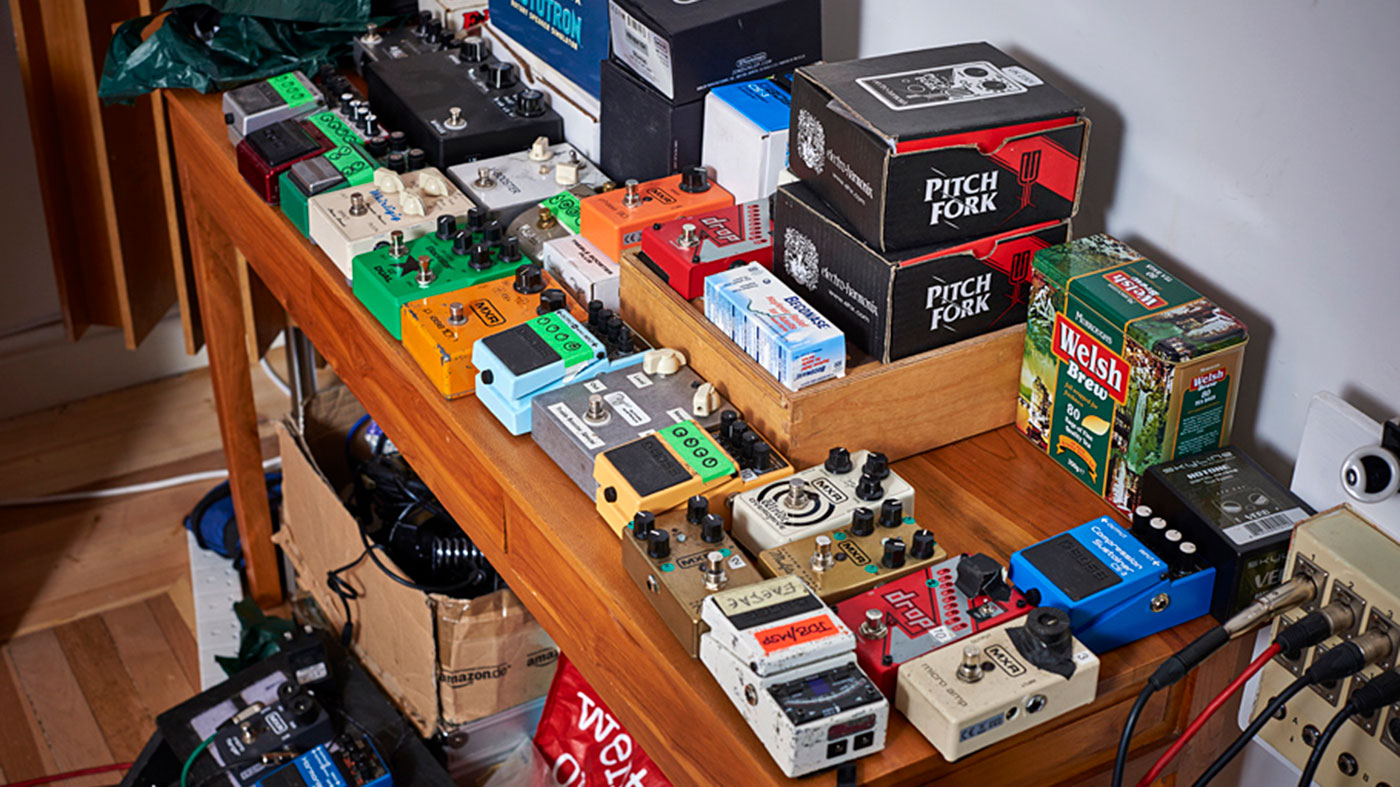
Track 9. In Eternity
“This song is about how the hole can never be filled after David Bowie’s death. Nick said it was like the BBC or Marshall amps going. When he told me that I knew I had to try and do a couple of things that [Bowie’s] guitarists might do.
“The guitar following along with the vocals is the Strat again. There’s a Nutbush City Limits-style guitar on the chorus. The solo is my Gordon Smith guitar; I was trying to get that tubular, Mick Ronson-kind of feel to it. Sometimes you aim for something and you don’t quite get it, but the results end up sounding really good!”

Track 10. Broken Algorithms
“It’s quite a bitter lyric about the fake good-guy intent of tech companies. Like Google’s motto, ‘Don’t be evil’: fuck off! We know exactly what you are!
“This is probably the most indulgent guitar song on the record. It’s just really simple. It’s my [Gibson] SG through the [JCM]900 and my main Gibbo [Faithful] with a Boss FZ-2 Hyper Fuzz pedal on the ‘Fuzz I’ setting. I used Faithful in another part with an MXR flanger through the JCM900 clean channel with a compressor pedal to help it sustain. I also used the Guild T-Bird - it’s really thin and sparkly-sounding, but it sustains well too.”

Track 11. A Song For The Sadness
“This is probably the oldest song on the album. All the main licks were done with the Gretsch and the Canyon and Soul Food through the Selmer Treble ‘n’ Bass. Sometimes I want distortion where it’s not transparent - y’know, just brute fucking force! And that’s what the Soul Food gives me. It gives it sustain and it doesn’t want to go away. It’s like, ‘I’m here to stay!’
“I like having a battle with the guitar and a pedal. For the solo, I went back to Faithful. It might be the only solo on the album with my favourite guitar. It was done on the rhythm pickup with the tone rolled off to kill all the treble, which I then reintroduced with the pedal. It really worked. That’s a bit of a Brian May thing.”
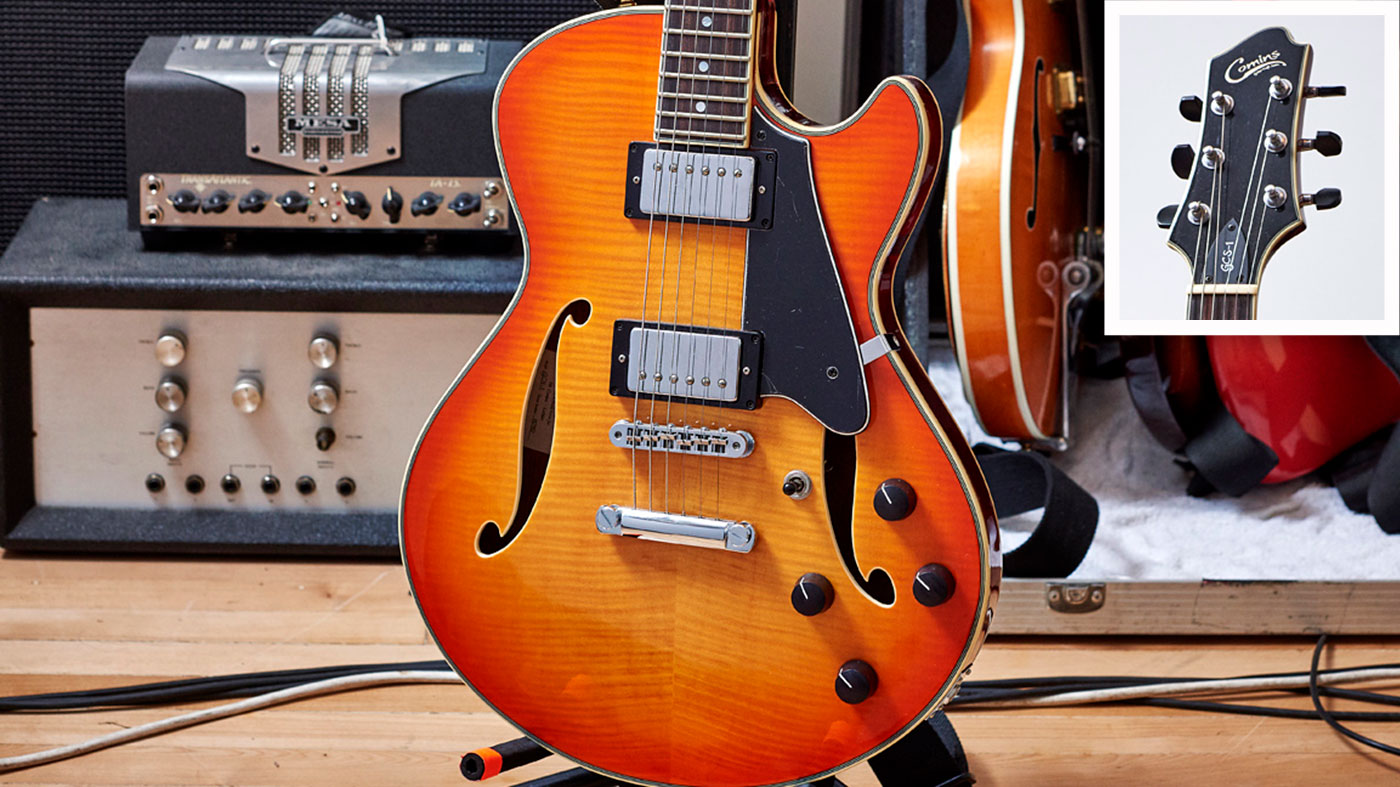
Track 12. The Left Behind
“This is probably the most resigned track on the record. It’s all written by Nick, so I had to be a rhythm guitar player only - nothing else - and I wanted to use just one guitar. I used my [1970s Gibson] ES-330. I couldn’t get the right sound from anything else apart from that guitar. Nick said, ‘I want you to play it like Graham Coxon would play it.’ I was bending the neck until it nearly snapped! And then used a DigiTech Whammy pedal to take it a bit further.
“Loz [Williams], the engineer, created the piano sound by sampling every note using little hammers on the strings. It took him a week! It’s all very Morricone-esque.”

Rod Brakes is a music journalist with an expertise in guitars. Having spent many years at the coalface as a guitar dealer and tech, Rod's more recent work as a writer covering artists, industry pros and gear includes contributions for leading publications and websites such as Guitarist, Total Guitar, Guitar World, Guitar Player and MusicRadar in addition to specialist music books, blogs and social media. He is also a lifelong musician.


